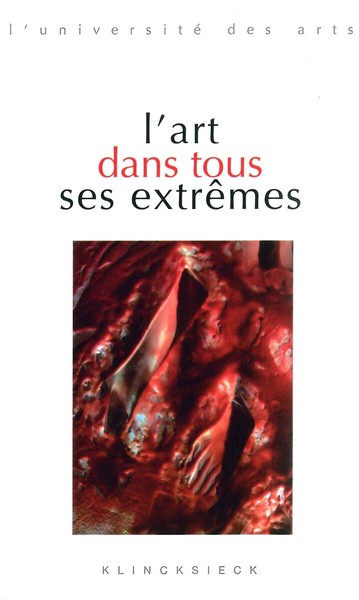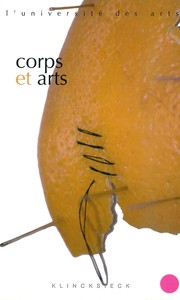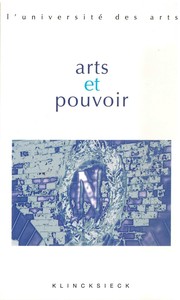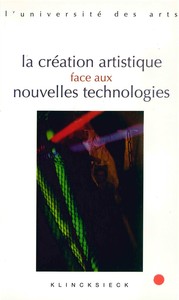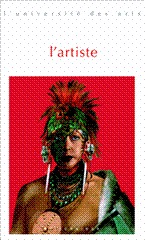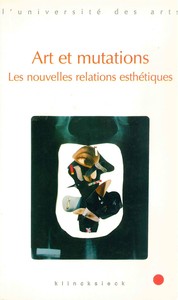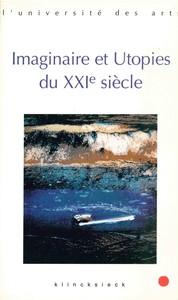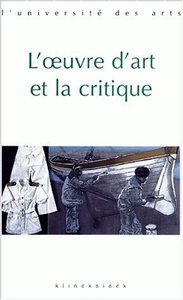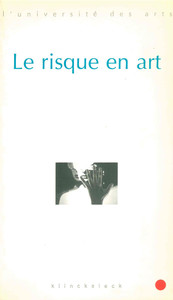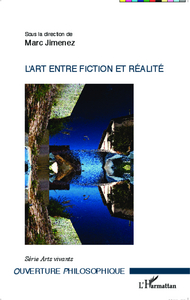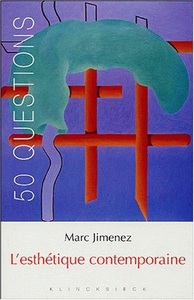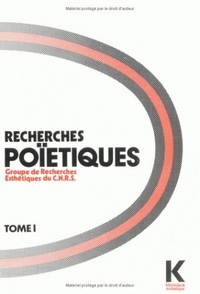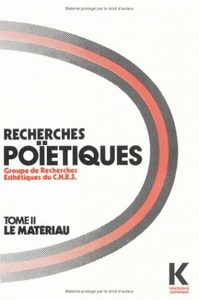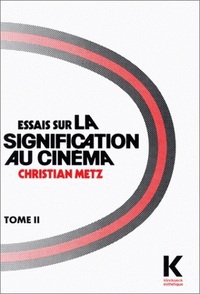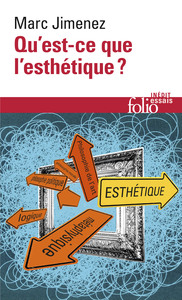Nous utilisons des cookies pour améliorer votre expérience. Pour nous conformer à la nouvelle directive sur la vie privée, nous devons demander votre consentement à l’utilisation de ces cookies. En savoir plus.
L'ART DANS TOUS SES EXTREMES
EAN : 9782252038420
Paru le : 13 juin 2012
-
 Livraison gratuite
Livraison gratuite
en France sans minimum
de commande -
 Manquants maintenus
Manquants maintenus
en commande
automatiquement -
 Un interlocuteur
Un interlocuteur
unique pour toutes
vos commandes -
 Toutes les licences
Toutes les licences
numériques du marché
au tarif éditeur -
 Assistance téléphonique
Assistance téléphonique
personalisée sur le
numérique -
 Service client
Service client
Du Lundi au vendredi
de 9h à 18h
- EAN13 : 9782252038420
- Collection : L'UNIVERSITE DE
- Editeur : Klincksieck
- Date Parution : 13 juin 2012
- Disponibilite : Disponible
- Barème de remise : NS
- Nombre de pages : 216
- Format : 1.20 x 14.50 x 24.00 cm
- Poids : 322gr
- Interdit de retour : Retour interdit
-
Résumé :
Given its infinite inventiveness, early 21st-century art escapes classification. As such, its configurations are unlimited, it stymies all expectations, infiltrates our daily lives and, as Claude Amey explains it, the extreme is not found in the straight line but in the number of arrangements intended to share "the perceptible."
All those prophesying the decline of art, the Cassandras predicting its scheduled demise, from G. W. F. Hegel — who spoke only of its “dissolution” — to Arthur Danto, were thus all mistaken. Liberal capitalism has managed to invent the “end of the end of art.” It has succeeded in birthing an art in its own image, an art free of modernist inevitabilities and illusions, an art devoid of models, values and ideals and lacking humanist perspective – in short, a “conforming” art, a disenchanted, if not cynical, testimony, a genuine seismograph constantly checking the pulse of an agitated and disoriented world which, itself, is also subject to being reconfigurations.
Let there be no confusion, however ; the art of “non-finitude” has not abandoned that which is beautiful, sublime or ugly. Quite to the contrary, it absorbs the whole, emancipated from any idealism, particularly the illusion that it might again seduce the world. Perhaps this is the message of the 11th Lyon Biennial [Contemporary Art Festival] entitled: “A terrible beauty is born,” from a verse in a poem by Yeats. A terrible beauty that one might also call frightening, abominable, ghastly, apocalyptic, horrifying, catastrophic, Dantesque, tragic, appalling, dreadful, extraordinary, fantastic, savage, ferocious, formidable, devastating, horrible, unbearable, intolerable, intense, monstrous, phenomenal, powerful, fearsome, dark, terrifying, tragic, violent, etc. Lacking any label, today's art can be called anything.
—Marc JimenezPhilosopher and Germanist Marc Jimenez is an instructor at Université de Paris I (Panthéon-Sorbonne). He teaches Aesthetics at UFR d'Arts plastiques et Sciences de l'art (a French plastic arts and sciences teaching and research institute) where he is the Head of the Centre de Recherches en Esthétique théorique et appliquée (Theoretical and Applied Aesthetics Research Center).
- Biographie : Philosophe et germaniste, est professeur à l'université de Paris I (Panthéon-Sorbonne). Il enseigne l'esthétique à l'UFR d'Arts plastiques et sciences de l'art où il dirige le Centre de recherches en esthétique théorique et appliquée. Il est le directeur de la Collection d'esthétique chez Klincksieck.

